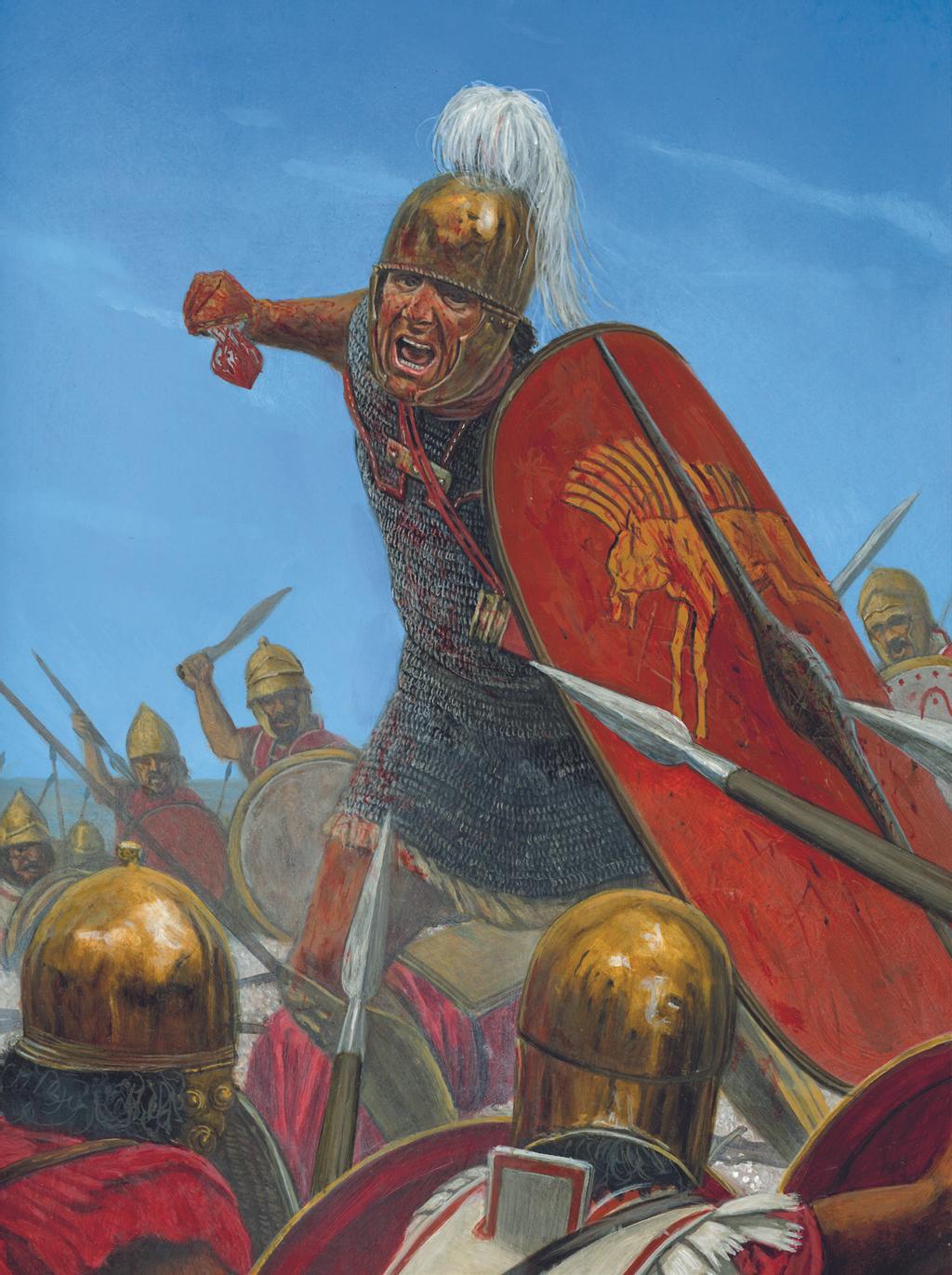
The Battle of Camarina is a relatively well-kept secret; the narrative of the battle is not found in Polybius or Livy (it was in his lost book 17, but Livy’s summary survives). Instead, we must search lesser known and more widespread sources to find the details. What emerges is a battle that should be much better known.
The First Punic War, 264-241 BC
In the middle of the third century BC, Carthage and Rome contested for dominance of the rich lands and waters of the Mediterranean Sea and its shores. Having come to the aid of discharged Campanian mercenaries, the Mamertines, the conflict soon spiralled into a war over the possession of Sicily (Polybius 1.13).
There were inconclusive battles and skirmishes between 264 and 262 BC as the Romans built a huge army of 40,000 men and 3,000 cavalry to deploy to Sicily. Hiero of Syracuse threw in his lot with the Romans, and in 262 BC the Roman army began to besiege 50,000 Carthaginian troops at Agrigentum. The reinforced Carthaginian army eventually attempted a breakout, but the Romans drove the Carthaginian army back to its camp, slaughtering thousands. The Carthaginians abandoned Agrigentum. Roman legionaries occupied the city, captured supplies and Carthaginian elephants, and enslaved its inhabitants. The Carthaginians remained the masters of the sea,